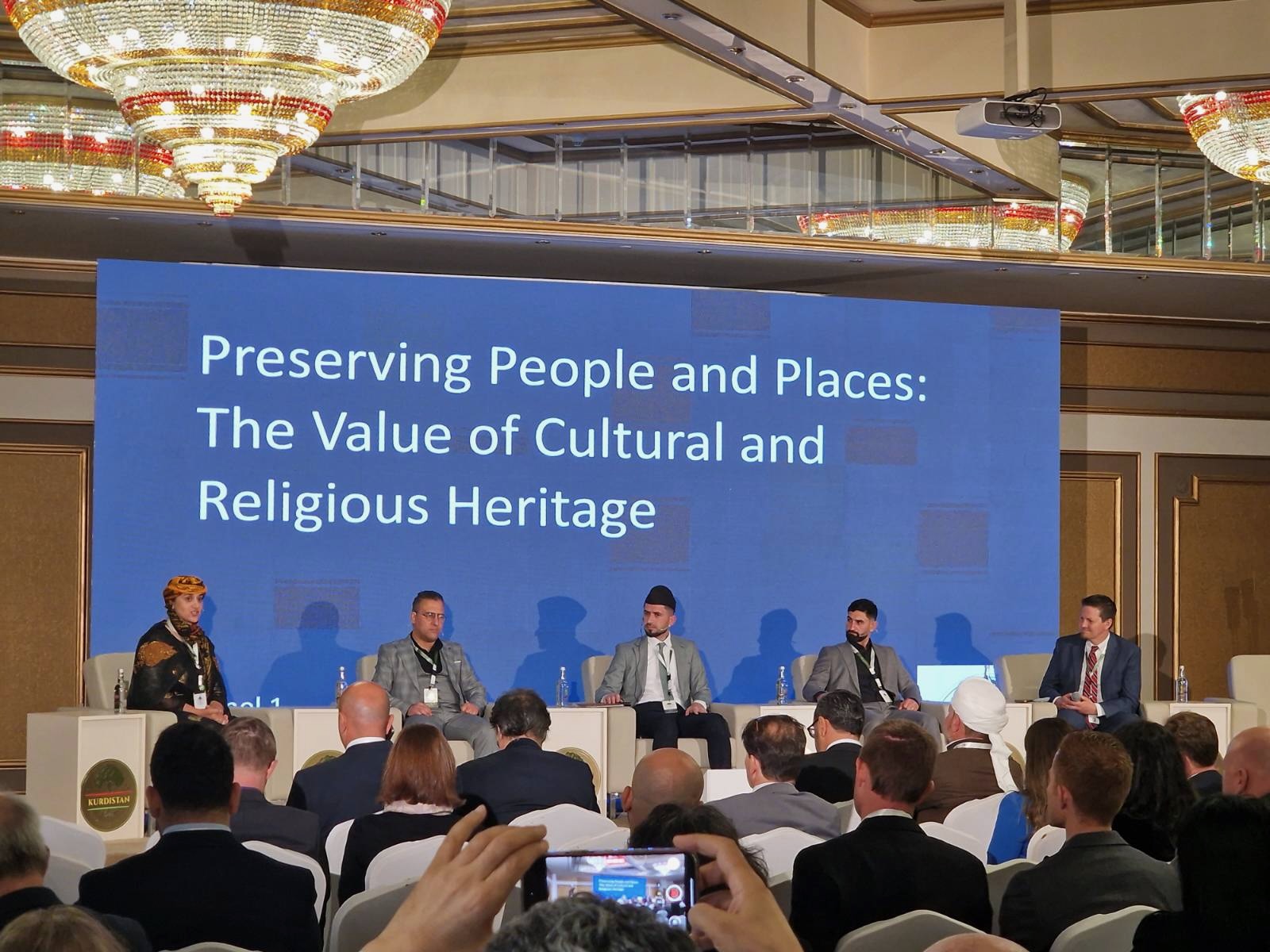Join us as we begin a series of posts focusing on the prioritization of religious freedom in American law and culture. This week our discussion focuses on religious liberty in American during the nineteenth century and is was initiated by Richard Garnett’s post “Religious Freedom in Early America: Complicating the Common Narrative.”
By: Daniel Walker Howe
Professor Garnett’s post is absolutely right, as the very wording of the First Amendment testifies: “Congress shall make no law respecting an establishment of religion, or prohibiting the free exercise thereof.” Very clearly, the original amendment applied only to the federal government and not to the states. The amendment, along with others passed by the First Congress, was intended to reassure former Anti-federalists (those who had opposed ratification of the Constitution) that the new constitution would not trample on the people’s accustomed liberties. James Madison, the influential representative from Virginia who masterminded the drafting and adoption of all these amendments, made sure that none of them seriously weakened the federal government as described in the Constitution. Ten of the twelve amendments approved by Congress were soon ratified by the states, and we typically refer to those ten as the Bill of Rights.
This prohibition against a nationwide religious establishment was not controversial at the time of its adoption, because there was not the slightest possibility of such an establishment being enacted. As a practical matter, no single denomination enjoyed anything like enough widespread political influence to gain designation as the national established religion. At the national level, religious pluralism effectively prevented religious establishment. But individual states were left free to have establishments of religion if they so chose, and a number of them in fact did so.
The states where Anglicanism had been the established religion during colonial times abolished their establishments during the Revolutionary era. The biggest fight over disestablishing Anglicanism occurred in Virginia, where the religious establishment had enjoyed substantial support among the planter aristocracy. For the most part, however, disestablishing Anglicanism was easy, because it seemed a logical religious corollary to achieving political independence from England. On the other hand, there was no significant push during the Revolution to disestablish the Congregationalist establishments that had been created by the Puritans in Massachusetts, Connecticut, New Hampshire, and Vermont. The Congregationalist churches supported the Revolutionary cause with overwhelming enthusiasm. In those states, religious liberty was permitted in the limited sense that a citizen could file a statement with local authorities that he did not belong to his local Congregational congregation but belonged instead to one of the “dissenting” denominations (Baptist, Methodist, or Episcopalian—as the Anglicans are now called.) Such a citizen could then be excused from the tax levied for the support of the local Congregationalist congregation. Local authorities were typically reluctant to grant such exceptions and made the application process difficult.
New England Congregationalism was disestablished on a state-by-state basis: Vermont in 1807, New Hampshire in 1817, and Connecticut in 1818. This left Massachusetts as the only remaining religious establishment—not coincidentally the state with the strongest cultural heritage from Puritanism. Disestablishment only occurred in 1833, after the Congregationalists had been weakened by their division into two denominations: the Liberal wing became Unitarian, and the Calvinist wing retained the name Congregational. Between 1820 and 1833, Massachusetts had, in effect, two different denominations established, either of which a local town was free to adopt as the recipient of its tax money.
Establishment of religion meant something quite specific in the early Republic. What Americans then understood as an “establishment” of religion was the appropriation of tax revenues to the financial support of churches—tax money being applied to the upkeep of houses of worship or the salaries of clergy. The same First Congress that approved submitting the Bill of Rights to the states also approved the appointment of chaplains for the two houses of Congress—clearly, this was not considered at the time an “establishment” of religion. Bible-reading and prayer in public schools were practiced widely, well into the early twentieth century. In the nineteenth century, religious doctrines themselves might be taught in public schools. If the schools were completely under local control, the dominant Protestant sect of that place would be the religion taught. If the schools were under state control, then the doctrines would be those held in common by the prominent several Protestant denominations in the state. Practices such as these did not meet the definition of “establishment” as then understood. Religious liberty was basically understood as applying to different Protestant denominations. Religions outside this consensus—such as Mormonism and Catholicism—were not included and protected by prevailing opinion. The ideas applied by the courts today regarding the establishment of religion evolved gradually over the course of the twentieth century.
Daniel Walker Howe is Rhodes Professor of American History Emeritus at Oxford University and Professor of History Emeritus at the University of California at Los Angeles.
This piece was originally authored on May 29, 2014 for the Religious Freedom Project at Georgetown’s Berkley Center for Religion, Peace, and World Affairs.
THE RFI BLOG

RFI Leads Training Session on Religious Freedom Law and Policy for U.S. Army War College

Oral Argument in Charter School Case Highlights Unconstitutional Motives Behind OK Attorney General’s Establishment Clause Claim

Largest Longitudinal Study of Human Flourishing Ever Shows Religion’s Importance

Keys To Human Flourishing: Faith And Relationships Outweigh Wealth

RFI Champions Religious Freedom at Kurdistan’s First National Prayer Breakfast
CORNERSTONE FORUM

Reaffirming Religious Freedom: Bridging U.S. Advocacy and Iraq’s Constitutional Framework

Political Polarization, Same-Sex Marriage and Religious Liberty

Bridging the Gap Between International Efforts and Local Realities: Advancing Religious Freedom in the MENA Region

Challenges to Religious Freedom in Iraq and the Critical Need for Action


